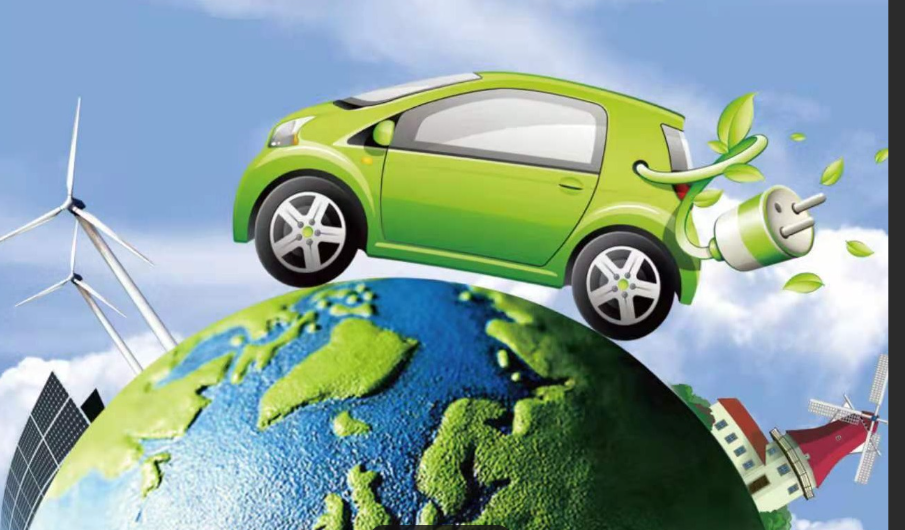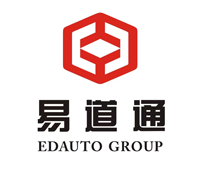Stato attuale diveicolo elettricosaldi
La Vietnam Automobile Manufacturers Association (VAMA) ha recentemente registrato un significativo aumento delle vendite di automobili, con un totale di 44.200 veicoli venduti a novembre 2024, in aumento del 14% su base mensile. L'aumento è stato principalmente attribuito a una riduzione del 50% delle tasse di immatricolazione per le auto prodotte e assemblate localmente, che ha suscitato l'interesse dei consumatori. Tra le vendite, le autovetture hanno rappresentato 34.835 unità, in aumento del 15% su base mensile.

I dati hanno mostrato che le vendite di auto sul mercato interno sono state di 25.114 unità, in aumento del 19%, mentre le vendite di auto di importazione pura sono aumentate a 19.086 unità, con un aumento dell'8%. Nei primi 11 mesi di quest'anno, le vendite di auto dei membri VAMA sono state di 308.544 unità, con un aumento del 17% su base annua. Vale la pena notare che le vendite di auto di importazione pura sono aumentate del 40%, indicando una forte ripresa del mercato automobilistico vietnamita. Gli esperti hanno affermato che questa crescita è un chiaro segnale di una crescente domanda dei consumatori, soprattutto con l'avvicinarsi della fine dell'anno, il che è un buon segno per il futuro del settore.
L'importanza delle infrastrutture di ricarica
Con la continua crescita della domanda di veicoli elettrici, la necessità di infrastrutture di ricarica complete sta diventando sempre più importante. Secondo un rapporto della Banca Mondiale, il Vietnam avrà bisogno di circa 2,2 miliardi di dollari per costruire una rete di stazioni di ricarica pubbliche entro il 2030, e si prevede che questa cifra salirà a 13,9 miliardi di dollari entro il 2040. Lo sviluppo di infrastrutture di ricarica è fondamentale per sostenere l'adozione diffusa di veicoli elettrici, promuovere la mobilità sostenibile e ridurre la dipendenza dai combustibili fossili.
I vantaggi della costruzione di un'infrastruttura di ricarica efficiente sono molteplici. Non solo contribuisce alla diffusione dei veicoli elettrici, ma può anche proteggere l'ambiente riducendo le emissioni di gas serra. Inoltre, la costruzione e la manutenzione di impianti di ricarica possono stimolare lo sviluppo economico creando posti di lavoro e promuovendo settori correlati come la produzione di batterie e apparecchiature di ricarica. Offrire maggiore praticità agli utenti di veicoli elettrici, migliorare la sicurezza energetica e promuovere l'innovazione tecnologica sono altri vantaggi che sottolineano l'importanza di investire in infrastrutture di ricarica.
Veicoli a nuova energia: un futuro sostenibile
I veicoli a nuova energia (NEV) rappresentano un importante progresso nelle soluzioni di trasporto sostenibile. Questi veicoli, compresi quelli elettrici, non producono emissioni durante la marcia, contribuendo a ridurre l'inquinamento atmosferico e a migliorare la salute pubblica. Sfruttando fonti di energia pulita come l'elettricità, l'energia solare e l'idrogeno, i NEV contribuiscono a ridurre le emissioni nocive come l'anidride carbonica, svolgendo un ruolo fondamentale nella lotta al riscaldamento globale.
Oltre ai vantaggi ambientali, i veicoli elettrici a nuova generazione beneficiano spesso di politiche di sussidi governativi favorevoli, il che li rende più accettabili per i consumatori. Rispetto ai veicoli a carburante tradizionale, i veicoli elettrici a nuova generazione presentano costi di esercizio per la ricarica inferiori, il che ne aumenta ulteriormente l'attrattiva. Inoltre, l'assenza di manutenzione dei veicoli elettrici elimina molte delle attività di manutenzione tradizionali, come il cambio dell'olio e la sostituzione delle candele, con conseguente maggiore praticità di utilizzo.
I veicoli alimentati da nuove energie integrano sistemi intelligenti avanzati per migliorare l'esperienza di guida e offrire la sicurezza e la praticità sempre più richieste dai consumatori. Inoltre, la bassa rumorosità dei motori elettrici contribuisce a creare un ambiente di guida più confortevole, soprattutto in ambito urbano. Mentre le principali città di tutto il mondo affrontano problemi di congestione del traffico e inquinamento, i vantaggi in termini di risparmio energetico dei veicoli alimentati da nuove energie sono sempre più evidenti.
In conclusione, l'ascesa dei veicoli a energia rinnovabile e lo sviluppo di infrastrutture di ricarica di supporto sono fondamentali per plasmare un futuro sostenibile per i trasporti. Con l'aumento delle vendite di veicoli elettrici in paesi come il Vietnam, la comunità globale deve riconoscere l'importanza di investire in tecnologia e infrastrutture per facilitare la transizione verso soluzioni di trasporto più ecologiche. Adottando veicoli a energia rinnovabile, possiamo lavorare insieme per costruire un mondo più verde, ridurre la nostra impronta di carbonio e creare un ambiente più sano per le generazioni future.
Email:edautogroup@hotmail.com
Telefono / WhatsApp: +8613299020000
Data di pubblicazione: 31-12-2024


